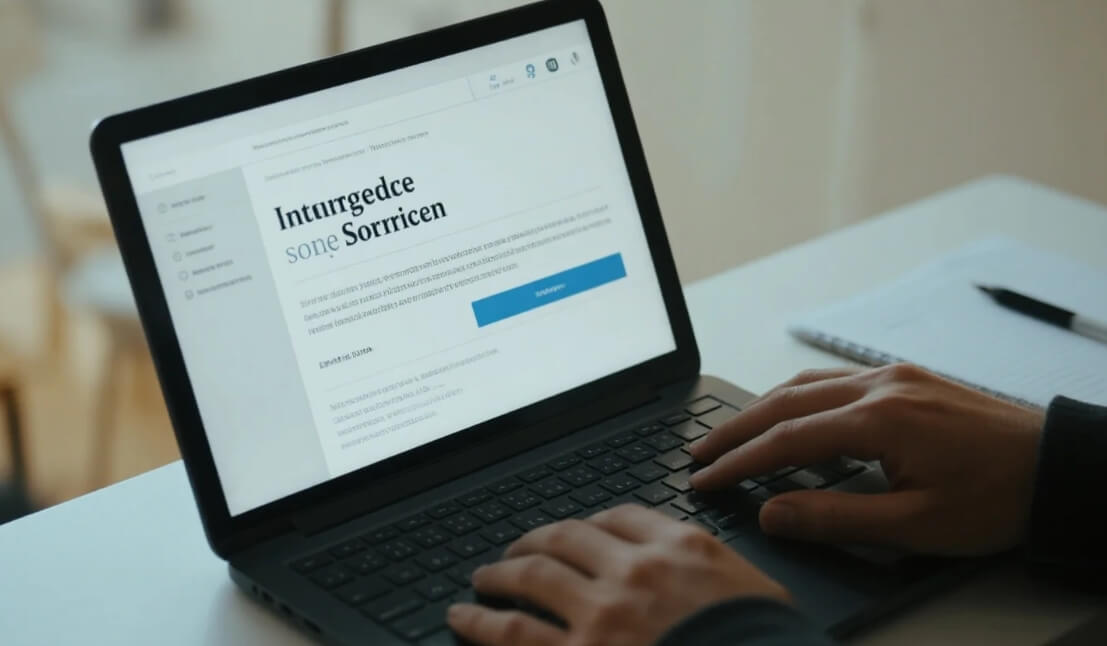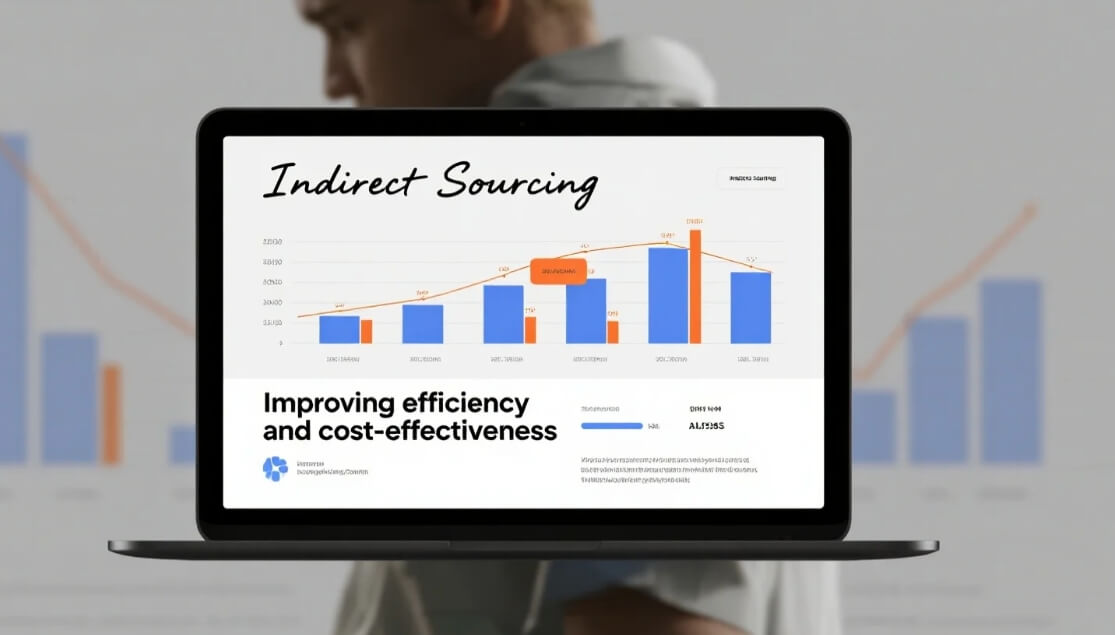Introduction: What Is Indirect Sourcing?
In procurement, the term indirect sourcing refers to the process of acquiring goods and services that are not directly related to the production of a company’s core products. Unlike direct sourcing, which deals with raw materials and components that are used in manufacturing, indirect sourcing involves purchasing items such as office supplies, IT services, marketing services, and other operational necessities.
While often overlooked, indirect sourcing plays a crucial role in optimizing a company’s supply chain, reducing costs, and maintaining smooth day-to-day operations. This article explores what indirect sourcing is, its benefits, the challenges businesses may face, and strategies for successful implementation.

The Basics of Indirect Sourcing
Before delving into the advantages and challenges, it’s important to understand the fundamental aspects of indirect sourcing.
Defining Indirect Sourcing
Indirect sourcing includes the procurement of non-production goods and services that support a company’s overall operations. These goods are not directly used in the creation of the final product but are essential for maintaining business continuity. Examples include:
-
Office supplies (paper, pens, etc.)
-
IT infrastructure (software, hardware, cloud services)
-
Professional services (consulting, legal, marketing)
-
Facilities management (cleaning, security)
The procurement of indirect items typically represents a significant portion of a company’s overall spending, though it may be less visible than direct sourcing efforts.
How Does Indirect Sourcing Differ from Direct Sourcing?
Indirect sourcing differs from direct sourcing in that it pertains to materials and services that support business operations rather than production. For example, while direct sourcing involves obtaining materials like metals or plastic for manufacturing, indirect sourcing involves purchasing items like office furniture, employee benefits, and maintenance services.
While indirect sourcing may not directly impact the product being sold, it is critical to overall efficiency and cost-effectiveness.
The Benefits of Indirect Sourcing
Despite being less prominent than direct sourcing, indirect sourcing offers numerous benefits for businesses that are looking to optimize their procurement strategy.
Cost Control and Savings
Effective indirect sourcing helps companies reduce unnecessary overhead costs. By identifying competitive suppliers and negotiating better contracts, businesses can lower their spending on items such as office supplies, utilities, and services, leading to significant cost savings.
Improved Supplier Relationships
By establishing long-term relationships with reliable suppliers for indirect sourcing, businesses can secure favorable terms and more consistent service. Suppliers of indirect goods and services often provide specialized support that can help businesses maintain smooth operations and increase their overall productivity.
Operational Efficiency
Managing indirect sourcing effectively allows companies to streamline procurement processes. Automated purchasing systems, clear approval workflows, and supplier performance tracking can help businesses avoid delays and reduce administrative burdens, resulting in a more efficient operation.
Strategic Flexibility
Indirect sourcing provides businesses with the flexibility to adjust their operations in response to changing demands or market conditions. Whether sourcing temporary staff, adjusting IT services, or switching suppliers for office supplies, companies can be more agile by optimizing their indirect procurement strategy.

Challenges in Indirect Sourcing
While indirect sourcing offers significant benefits, businesses must also be aware of the challenges it presents.
Lack of Visibility
Unlike direct sourcing, where procurement managers can often track the direct impact on production, indirect sourcing is more difficult to monitor. Tracking spend on non-production items can be fragmented across departments, making it harder for businesses to gain a comprehensive view of their indirect procurement activities.
Complexity in Supplier Management
Managing a wide range of indirect suppliers can be challenging. From office supplies vendors to IT service providers, each supplier may have different terms, delivery schedules, and quality standards. Coordination between departments and suppliers can become cumbersome, requiring careful management to ensure compliance and timely deliveries.
Hidden Costs and Waste
Without a clear procurement strategy, indirect sourcing can lead to hidden costs. For example, ordering inefficiently or without bulk discounts could result in higher per-unit costs for office supplies or software subscriptions. Similarly, failure to track usage can lead to waste or over-purchasing, which can significantly increase costs.
Difficulty in Standardization
Standardizing indirect sourcing across different departments within an organization can be challenging. Each department may have unique needs, and coordinating these requirements into a unified procurement strategy requires clear communication and alignment with organizational goals.
Best Practices for Effective Indirect Sourcing
To maximize the benefits and minimize the risks of indirect sourcing, businesses can implement the following best practices:
Centralize Procurement Processes
One of the most effective strategies for managing indirect sourcing is centralizing procurement efforts. By consolidating purchasing responsibilities into a dedicated procurement team, businesses can gain better control over spending, improve supplier relationships, and standardize processes across departments.
Use Technology to Streamline Procurement
Investing in technology tools such as e-procurement systems, supplier management software, and spend analytics platforms can help businesses better track their indirect sourcing activities. These technologies provide transparency, automate processes, and help identify cost-saving opportunities.
Implement Contract Management
Clear, well-negotiated contracts are essential for managing indirect sourcing. Businesses should regularly review supplier contracts to ensure they are receiving the best value and that performance expectations are being met. Contract management software can simplify this process and provide insights into areas for negotiation or improvement.
Focus on Supplier Collaboration
Rather than viewing suppliers as transactional partners, businesses should foster long-term relationships with key indirect sourcing suppliers. By collaborating with suppliers on innovation and service improvement, companies can ensure better product quality and reduce the risk of supply chain disruptions.

FAQ: Frequently Asked Questions About Indirect Sourcing
What types of goods and services are considered indirect sourcing?
Indirect sourcing covers a broad range of goods and services, including office supplies, IT services, marketing services, consulting, and facilities management.
How can businesses reduce waste in indirect sourcing?
To reduce waste, businesses should implement clear tracking systems, conduct regular audits of purchases, and optimize ordering to prevent overstocking or understocking.
Can small businesses benefit from indirect sourcing?
Yes, small businesses can significantly benefit from indirect sourcing by streamlining their procurement process, reducing costs, and improving efficiency in operations.













